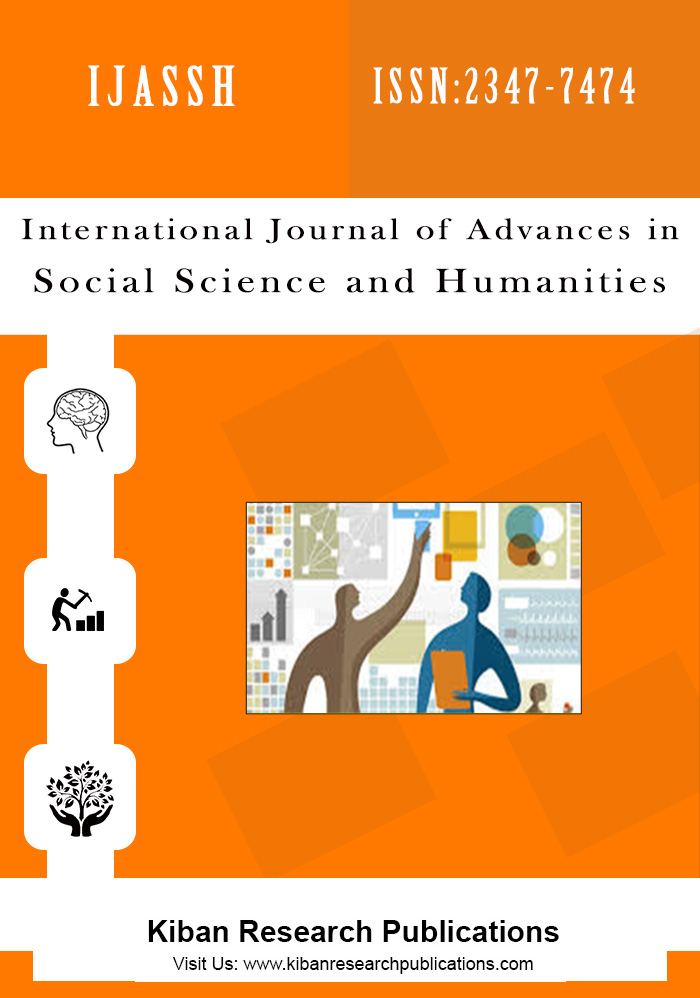An Interpretation of the Chinese Way of Road Crossing-Based on Hall's High- and Low-context Culture Theory
Abstract
Abstract: The current social phenomenon of the Chinese way of road crossing has aroused social resonance to a certain degree, making people tend to interpret this kind of group behavior as an uncivilized behavior. However, if it is a social behavior acquired by almost all social members in the same social environment, it cannot be understood only from the perspective of the quality of any individual citizen. Therefore, this social phenomenon should be re-examined from a deeper cultural perspective. Taylor, a scholar specializing in culture, pointed out that every group and every society has a set of explicit or latent behavior patterns. Human behavior is cultural behavior, and in turn, culture has a shaping effect on human behavior. Therefore, based on the theory of high- and low-context culture, this paper tries to interpret the social and cultural mechanism behind this phenomenon and analyze the phenomenon of the Chinese way of road crossing.
Keywords: Chinese way of road crossing, high- and low-context culture theory; group-oriented thinking, invisible rules
References
Taylor. (1986). Primitive culture. Beijing: People's Publishing House, 5.
Hall, E. T. (1976). Beyond Culture. Garden City, NY: Doubleday & Company, 35-36.
Lian Shu-neng. (2006). Chinese and Western ways of thinking: understanding and rationality. Foreign language and foreign language teaching, (7):61-62.
Hall, E. T., & Hall, M. R. (1990). Understanding Cultural Differences. Yarmouth, ME: Intercultural Press.
Samovar, L. A., Porter, R. E., & McDaniel, E. R. (2009). Communication Between Culture (7th ed.). Belmont, Ca:Thomson Learning.
Funakawa, A. (1997). Transcultural Management: A New Approach for Global Organization. San Francisco, CA: Jossey-Bass.
Fei Xiaotong. (2001). The United States and the Americans. Beijing: Foreign Language Teaching and Research Press, 104.
Feng Pin. (1986). Reason and understanding. Social Science Research, (2):50-51.
Xu Xingyan. (2004). Comparison of Chinese and Western cultures. Beijing: Peking University Press, 84-86.
Linell, C. (2001). Doing Culture. Beijing: Foreign language Teaching Research Press, 65.
Davus L. (2001). Cross-Culture Communication Action. Beijing: Foreign language Teaching Research Press, 75.
Liu Jingyan. (2005). Improving the expression of cultural needs and promoting the healthy development of public cultural services. Journal of Shijiazhuang Railway University: Social Science edition, (2):56-58.




